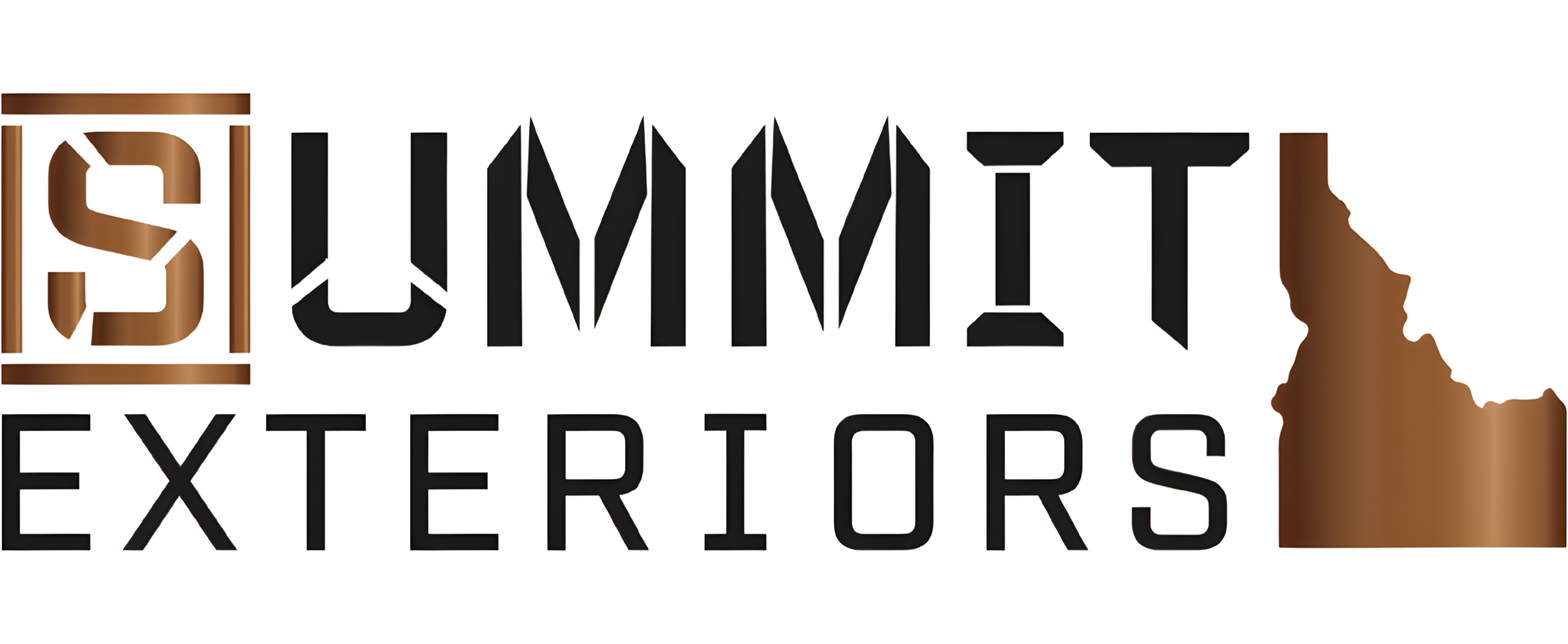When considering the installation of a dryer vent, one often contemplates the viability of routing this through the roof. This method, while appealing for certain architectural designs, demands a thorough understanding of both its advantages and potential complications. This article provides a comprehensive analysis to guide homeowners in making an informed decision about dryer vent installation through the roof.
Advantages of Roof-Based Dryer Venting
Space Optimization
For properties with restricted exterior wall space, such as multi-unit buildings or homes with unique architectural constraints, rooftop venting of dryers offers a practical solution. This method allows for greater flexibility in appliance placement, optimizing interior space without compromising on functionality.
Enhanced Aesthetics
Many homeowners prefer rooftop vents as they maintain the external appearance of the house. By routing vents through the roof, the external façade remains uncluttered, preserving the architectural integrity and aesthetic value of the home.
Challenges of Rooftop Dryer Vents
Moisture and Condensation Issues
A significant challenge with rooftop dryer vents is managing moisture. As warm, moist air ascends through the vent, it can condense, potentially leading to mold and mildew issues, which compromise the structural integrity of the roofing material and the vent system.
Increased Energy Usage
The efficiency of a dryer correlates directly with the simplicity and brevity of its venting path. Rooftop venting typically requires longer ductwork with more bends and turns, increasing the dryer’s operational time and energy consumption.
Installation and Maintenance Complexity
The installation of rooftop vents involves more than just placing an outlet on the roof; it requires careful planning to avoid leaks and structural damage. Additionally, maintaining these vents demands more effort as their roof location makes them less accessible for regular cleaning and inspection, increasing the potential for lint buildup and associated fire risks.
Potential for Structural Damage
Improper installation of rooftop dryer vents can lead to water ingress, particularly around the vent opening. This risk necessitates the engagement of skilled professionals who specialize in such installations to ensure that the structural integrity of the roof is not compromised.
Fire Safety Concerns
Lint accumulation is a fire hazard in any dryer vent system, but the risk heightens with rooftop vents where lint can easily build up at bends in the vent. Regular maintenance is crucial to mitigate this risk and ensure the safe operation of the dryer.
Summit Exteriors: Enhancing Your Home’s Efficiency and Safety
At Summit Exteriors, based in Coeur d'Alene, ID, we understand the intricacies of home maintenance and offer tailored solutions that blend aesthetics with functionality. Our decade-long expertise in roofing and gutter services ensures that each project, including dryer vent installations, is executed with precision and care. As a top-rated entity in Bonner County and an Owens Corning Preferred Contractor, we commit to delivering unparalleled service that upholds our foundational values of honesty and quality.
Conclusion
Opting to vent a dryer through the roof is a decision that requires careful consideration of the associated benefits and challenges. While it offers aesthetic and spatial advantages, the potential issues of moisture buildup, increased energy use, and maintenance complexities are significant. Homeowners should consult with roofing and ventilation experts like Summit Exteriors to ensure that their choice not only meets their aesthetic and spatial needs but also supports the safe and efficient operation of their home appliances.



